February is Pet Dental Health Month. A healthy mouth is a good indicator of your cat’s overall health, but many cat parents ignore their cat’s oral health. By the time they’re 3 years old 70% of cats are showing signs of oral disease, according to the Foundation For Veterinary Dentistry. While an oral exam should continue to be an important part of your cat’s annual wellness checkup, developing a daily tooth brushing routine can go a long way in preventing damage and disease. Since brushing a cat’s teeth can be challenging, here are some tips to make the experience as easy as possible for both of you.

Image: John Morton : Flickr
#1- Massage and handle your cat’s face
Before you even think about going near your cat’s face with a toothbrush you’ll want to get her used to having that part of her face touched and held. Take some time each day to handle and massage her chin and jaw. Continue doing this for a few minutes at least once a day until she becomes familiar with the act and is comfortable being touched in that way.
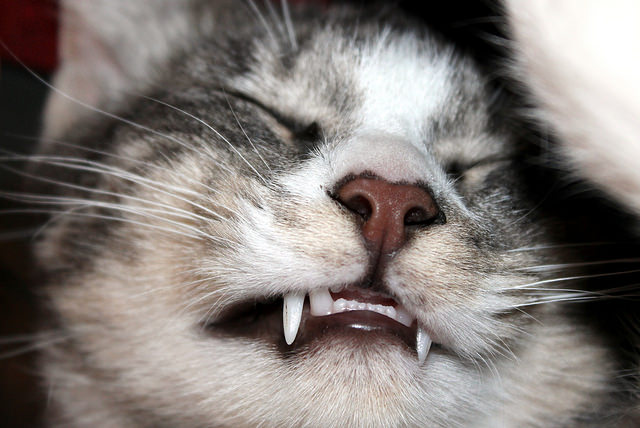
Image: Ian Barbour : Flickr
#2 – Massage your cat’s teeth and gums
Once your cat becomes comfortable having the outside of her mouth massaged, repeat the process on the inside of her mouth. Spend a few minutes per day massaging her teeth and gums. You can do this with your finger, a soft cloth, gauze, or a cotton swab.
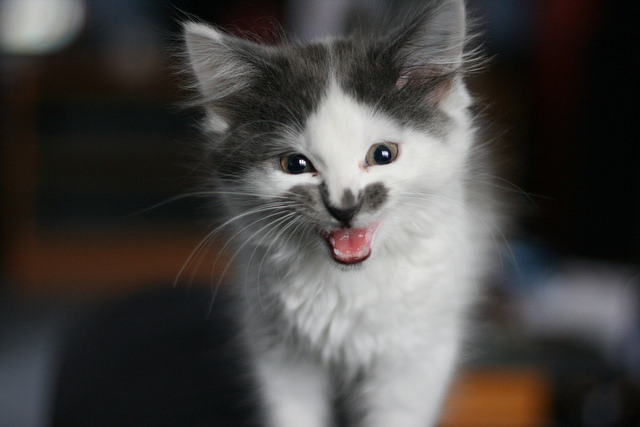
Image: Pete : Flickr
#3 – Choose the correct toothbrush and toothpaste
Never attempt to brush your cat’s teeth with a toothbrush or toothpaste intended for humans. A human toothbrush will be too large for your cat’s teeth and a human toothpaste can be toxic. Instead, pick up a toothbrush and toothpaste made specifically for cats.
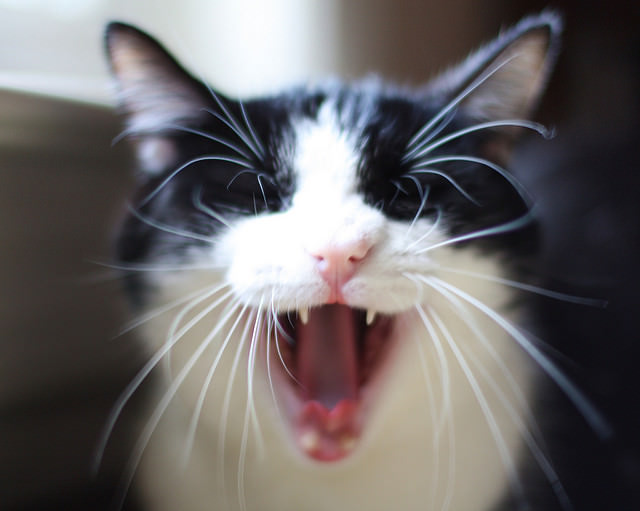
Image: Mr.TinDC : Flickr
#4 – Give your cat a sniff and taste
Your cat’s nose is a huge part of how she explores her world and determines what’s safe. Letting her sniff the toothpaste and brush before putting them in her mouth will help her feel more safe and comfortable. After she has approved of the sniff test, dab a bit of the toothpaste into your finger and let her lick it off to get a taste. Cat toothpastes are formulated with your kitty’s palette in mind, so this should make her eager for more.
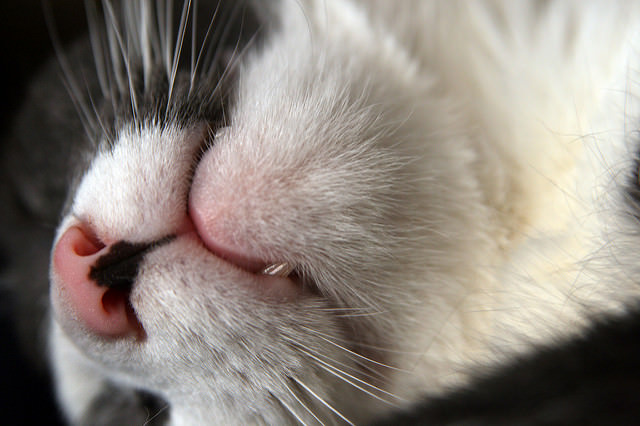
Image: Quinn Dombrowski : Flickr
#5 – Don’t rush it
Never force her through any part of the process. If she’s not comfortable with having her face handled, for instance, don’t continue to touch her face after she has pulled away and started to show aggressive body language. The way to train a cat is to let them lead the way. In order to successfully brush your cat’s teeth without stress you’ll need her to be on board and comfortable. Move at her own pace and respect her feelings when she pulls away. You can try again the next day. In the end, you want her to be able to associate the experience with something positive, so eliminate as much stress as you can.
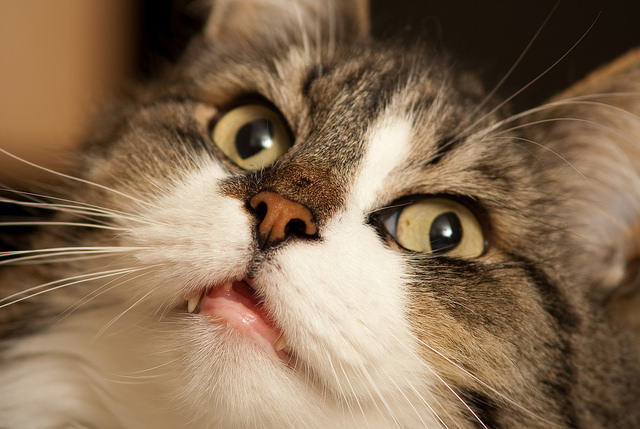
Image: Dave L : Flickr
#6 – Brush daily
Brushing is most successful at preventing oral disease if it’s done every day. Plus, if you do it every day your cat won’t have to get familiar with the process again each time. Choose a time of the day that’ll work best for both of you and stick to it to easily create a routine.
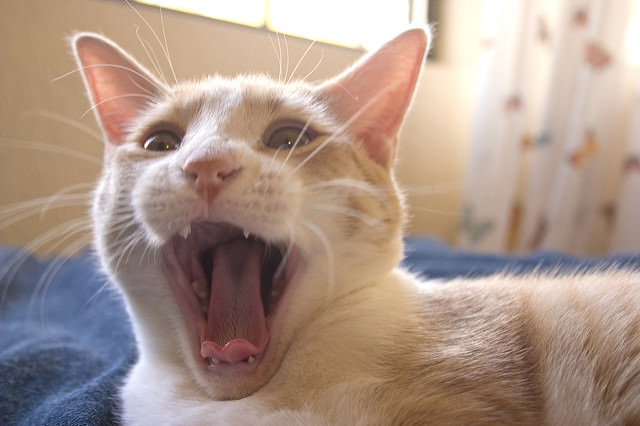
Image: Melissa Wiese : Flickr
#7 – Offer praise and rewards
Cats are reward-driven creatures. They will happily do things as long as they can see that, in the end, it’ll be in their best interest. Make sure to dole out treats (or your cat’s reward of choice) at the end of each step of the brushing process.
